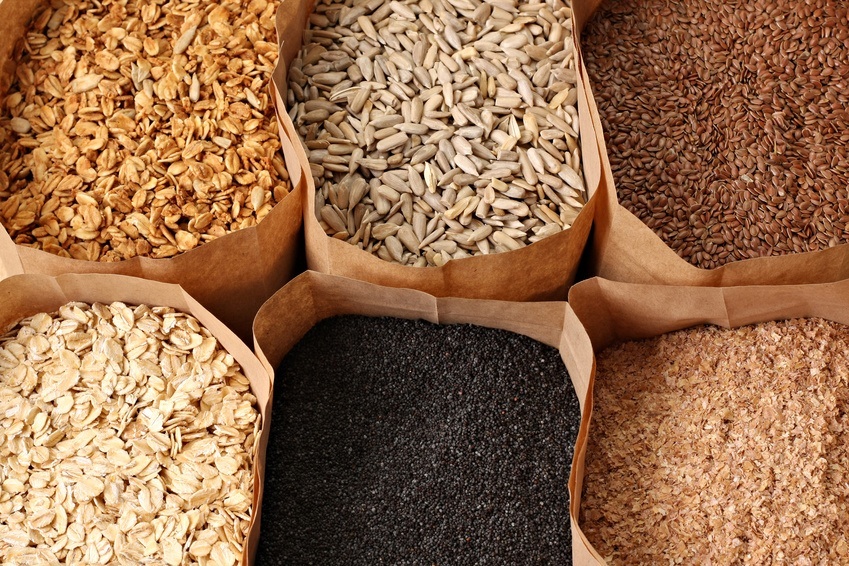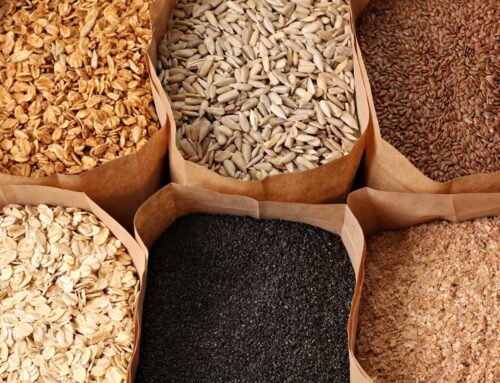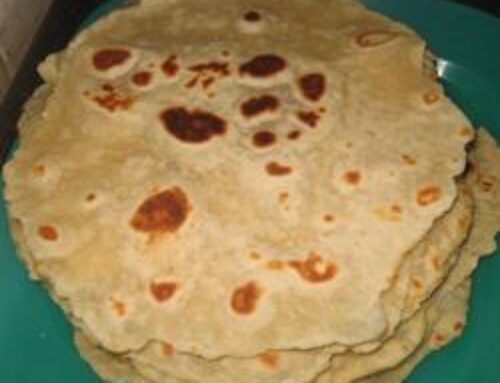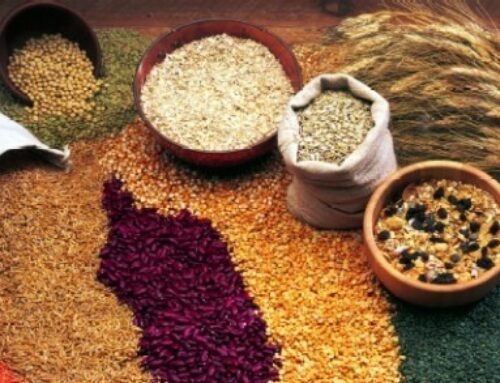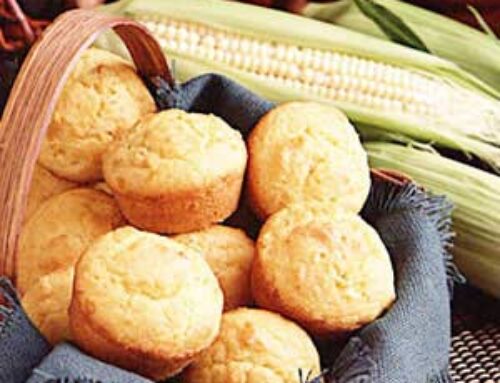Here’s Part 2 of our blog on the old and “new” grains. Enjoy!
Triticale (pronounced “trit-i-KAY-lee”)
Triticale is a hybrid of wheat and rye, and was started as a commercial crop in the United States and Canada in the 1960s. Because of all the news it made during that time period, triticale’s fictional descendent, quadro-triticale even popped up in the legendary Star Trek episode, “The Trouble With Tribbles”. Breeding of triticale is not genetic engineering or a clever laboratory technique, just cross-pollination. The resulting plant is naturally fertile and the process could easily have happened in nature. Triticale is a naturally sweet grain that does not absorb much water. In general, triticale can be used anywhere you would use wheat or rye, giving the wheat foods a more distinct flavor and the rye foods a milder one. Cakes and scones made from triticale flour are tender but can dry out quickly. For those people who prefer rye breads made with a portion of wheat flour, triticale conveniently rids them of the need to buy two varieties. The rolled flakes are also a nice addition to oatmeal.
Kamut (pronounced “ka-MOOT”)
The story goes that after World War II, a U.S. airman took a handful of grain from a stone box in a tomb in central Egypt. He gave some of the large kernels to a friend, who mailed them to his father, a Montana wheat farmer. The farmer got them to grow and displayed the harvest of his small crop at the county fair, where it was dubbed “King Tut’s Wheat”. Viewed as a novelty, the ancient grain soon faded into obscurity. In 1977, Montana farmer Mack Quinn, and his son, Bob, a plant biochemist, tracked down one remaining jar of the wheat, and they spent a decade growing and researching it. They gave the grain the name Kamut, which is an ancient Egyptian word for wheat. Kamut is a hard amber spring wheat and a non-hybrid that yields hump-backed kernels two to three times larger than standard wheat. Because Kamut is a little drier than other wheat, whole grain Kamut kernels keep well. Buttery flavored and chewy, whole grain Kamut’s large kernels are especially suited to salads and pilafs and can be tossed into soups. Like durum, Kamut flour makes excellent pasta. Kamut noodles are sturdy enough to survive freezing without falling apart. Kamut flour is also excellent in pancakes, muffins, biscuits, and cookies. You should be careful when using it in bread, as it’s closer to durum wheat than to the wheat used for breads and should not simply be substituted for whole wheat flour.
Spelt
Some researchers debate whether spelt is actually a true wheat, although it tastes a lot like wheat and has gluten, making it suitable for bread baking. Unlike the bread wheats, spelt doesn’t thresh off the plant; it must be hulled. Like hard winter red wheat, it is planted in the fall and harvested in the summer. Spelt’s advocates say it has a unique type of gluten that is easier to digest than the gluten in other wheats, which means that some gluten sensitive people can tolerate it. It works especially well in sourdough breads. You can also cook spelt flakes as you would rolled oats.
Millet
In the United States and Western Europe, millet is the small round tan seed we use as bird feed. However, in places such as Africa, Eastern Europe, India, and the Caribbean, millet is a very popular grain, and sometimes a staple food for the people there. Hulled millet seeds are small, round, and golden yellow and their flavor is sweet and mild – a little like a cross between toasted almonds and corn. Hulled millet is not hard to find in the USA, but few Americans have cooked with it. Millet cooks quickly, and is one of the most versatile grains around. It can stand in for mashed potatoes or rice. It makes an excellent breakfast porridge, polenta or mush, and is one of the best grains for stuffing vegetables. Millet flour (which is a starchy, low-gluten flour similar to rice flour) is good in cookies, crackers, and flatbreads. Uncooked millet seeds can be added to breads and crackers to give them extra sweetness and crunch.
Sorghum
Sorghum is one of the top five cereal crops in the world. It originates in Africa, and the largest producer of sorghum is still Africa, although the crop has spread to southern Asia and the Americas as well. Grain sorghums are grown especially for their rounded, starchy seeds. In Africa, India, and China, the grain is ground into flour to make pancakes or mush. In America, white food grade sorghum is used to make gluten free flour for use in a variety of baked goods. The grain is fairly neutral in flavor, and sometimes slightly sweet. This makes it well adapted to a variety of dishes because sorghum absorbs flavors well. It can also be eaten plain. It is commonly eaten with the hull, which retains the majority of the nutrients. The plant is very high in fiber and iron, with a fairly high protein level as well. Sweet sorghums, or sorgos, have sweet juicy stems. They are grown especially for the production of sorghum syrup. Syrup is made by pressing the juice out of the stems with rollers (this is the purpose of our GrainMaker Sorghum Press!) and boiling it down to the proper thickness. It is great on pancakes, or any recipe calling for molasses!
This is the wrap-up on the grains blog. I hope you have learned half as much reading it as I did writing it, and that maybe you’ve seen some untapped potential in other whole grains you hadn’t considered. God Bless!
~ Tracy Bartosik
